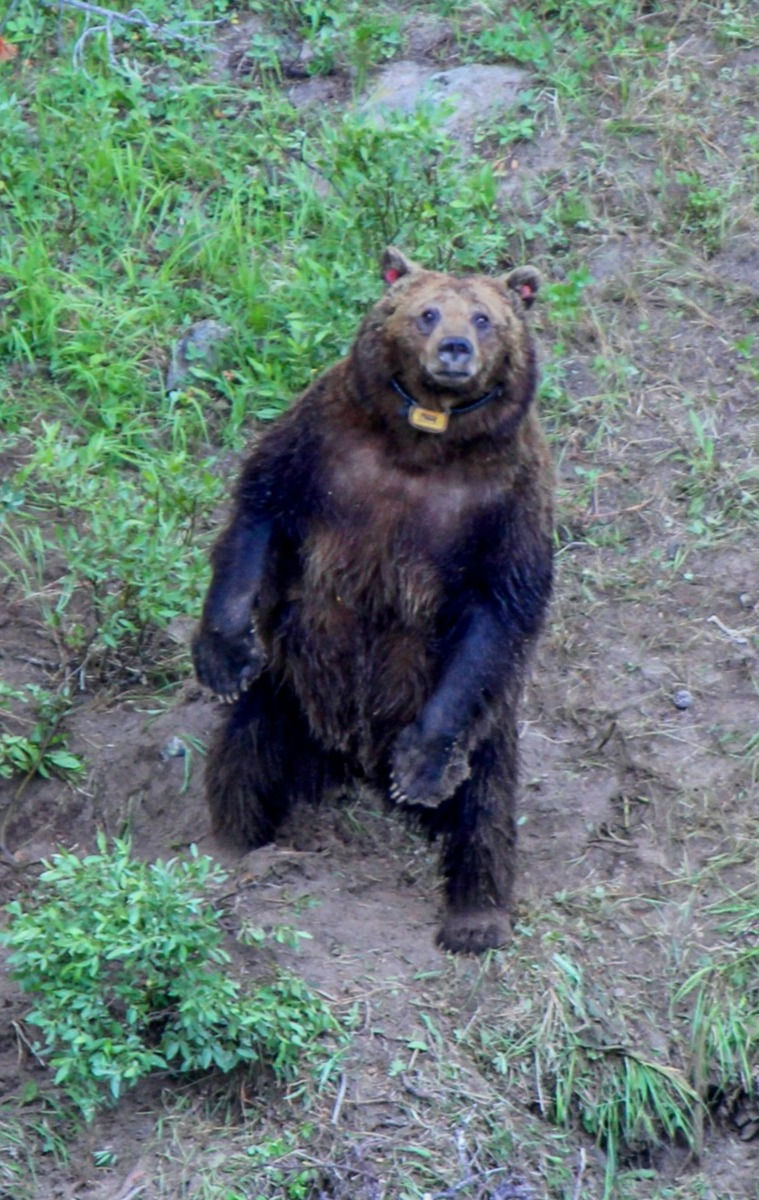Getting the big picture
- James Tyler
- Jan 3, 2023
- 3 min read
Maps are a wonderful tool for knowing where you are and how to get to where you’re going. It doesn’t matter if it’s an old-school, folded-paper map from AAA, a digital version created by Google or a poster-sized one mounted on a sign with the helpful “You are here” arrow. Maps serve a useful purpose.
And sometimes a map is a work of art.
Maybe you think I’m talking about one of those old-time nautical maps of the world with the “Here be dragons” warning in the corner. Those are certainly beautiful and worth a post of their own, but I have something else in mind this time.

On a trip from Sheridan, Wyoming, to Cooke City, Montana, we stopped in Cody, Wyoming, to explore the Buffalo Bill Center of the West. Named after William F. “Buffalo Bill” Cody, the center is actually a complex of five museums: the Buffalo Bill Museum; the Plains Indian Museum; the Whitney Western Art Museum; the Cody Firearms Museum; and the Draper Natural History Museum.
Each museum is certainly worth spending time exploring, but in the Draper Museum, you’ll be immersed in the ecology and natural history of the Greater Yellowstone Ecosystem.
Visitors wind through a 90-foot-tall grand rotunda. As you descend the sloping path, you become part of the diversity of this ecosystem, moving through exhibits highlighting alpine, mountain forest, mountain meadow and plains/basin environments.
Along the way, you’ll encounter a variety of exhibits that explain the landscape, climate, soils, plants, animals and peoples of the region and how they are linked together by the ecological process.

But before taking the hike down, look at the floor below and you’ll find a colorful tile mosaic map that depicts the Greater Yellowstone Ecosystem.
The map is 28 feet across and made up of 27,000 tiles in two dozen colors.
According to a display at the top of the rotunda, the map weighs three-quarters of a ton, and the tiles were fabricated by Daltile of Olean, New York. The tiles were glued onto 1-by-2-foot mats for installation.
Yellowstone National Park was established in 1872 and covers 3,437.5 square miles. The park is the core of the Greater Yellowstone Ecosystem, one of the largest nearly intact temperate-zone ecosystems on Earth.

It is a haven for the largest concentration of wildlife, especially megafauna (think grizzlies, elk and bison) in the lower 48 United States. About half the active geysers in the world are in Yellowstone.
While the park is surely impressive, it’s just a part of the Greater Yellowstone Ecosystem, which is about ten times the size of the park. When you talk about this ecosystem, you encompass not just Yellowstone park, but another national park, too, as well as five national forests, the Absaroka/Beartooth Wilderness (part of the Wind River reservation); three national wildlife refuges, and more than a million acres of Bureau of Land Management property.
The ecosystem is 22 million acres and is located in the northern Rocky Mountains in parts of northwestern Wyoming, southwestern Montana and eastern Idaho.
There are more than 11 mountain ranges in the Greater Yellowstone Ecosystem, not to mention forests, valleys, tundra, geysers and, of course, the wildlife. If you’re into hiking, camping, fishing, climbing, hunting, snowmobiling or other rugged pursuits, it’s the place to be.
The mosaic-tile map at the bottom of the rotunda of the Draper Natural History Museum in the Buffalo Bill Center of the West is a beautiful work of art. But it also serves an important purpose like any map. It gives you the big picture of what’s around you in the world.
And when you’re in the Greater Yellowstone Ecosystem, the bigger the picture, the better.



Comments